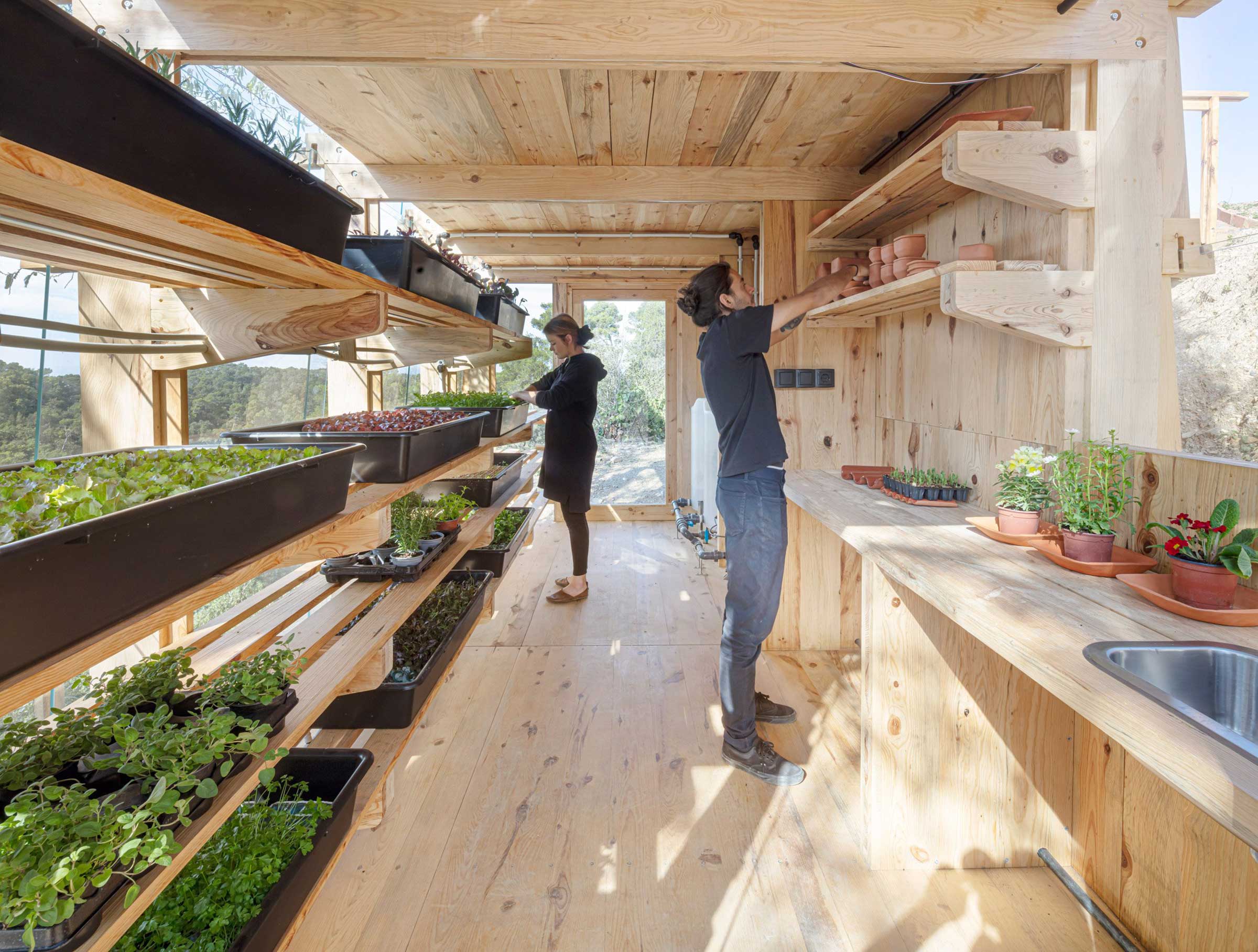The increase in public awareness of preserving the planet’s resources has led to new farmers starting their own greenhouse gardens. There’s no better way to contribute to nature than growing your own food and helping increase oxygen levels.
However, building a greenhouse can be challenging and costly if you’re unaware of methods that can minimize the resources used for construction. Fortunately, learning a few tips can ensure that building your greenhouse and gardening thereafter adhere to eco-friendly standards.
Here’s a quick guide to building greenhouses for sustainable gardening.
Choose The Right Site
The placement of your greenhouse is one of the most important decisions to make in the early stages of planning because it can affect your costs, plant yield, and sustainability efforts. Thus, you should choose the right site that allows you to maximize sunlight and keep you closely connected to a water source. The suitability of your site becomes even more critical if you’re building a permanent site because the location will then be fixed.
A great way to choose a prime spot to place your greenhouse is by examining your geographical location. Depending on where you are, position your greenhouse in the south or southeast direction if you live in the Northern Hemisphere, like the United States, and north or northeast for the Southern Hemisphere, like Australia.
If you live in a rough landscape, check out greenhouse suppliers such as mazeproducts.com.au for products that suit your terrain. Furthermore, if you’re building your sustainable greenhouse on a slope, it should ideally be positioned at the highest point to keep harsh winds from eliminating the heat inside and compromising your greenhouse structure.
Plan Your Structure
The next step is to choose and plan what type of greenhouse you want to build. This will help determine the type of flooring you’ll need or whether your greenhouse should be connected to a water system such as a gutter.
For freestanding structures, you can choose based on the shape and size that will fit into your yard space. To create a small structure, you can opt for the lean-to greenhouse against a wall, while medium to large greenhouses work well with ridge and furrow, even or uneven span, and gothic arch shapes.
Furthermore, if you’re planning a permanent facility, you can choose a suitable foundation based on the size of your preferred structure. Small greenhouses can use compacted soil foundations as they’re naturally porous and facilitate better water runoff. Larger and more permanent structures can use gravel and cement to anchor them down.
For permanent structures, the foundations should be slanted to improve runoff to your main drainage system. An alternative to this is stone or brick-paved foundations which are efficient and sustainable.

Use Sustainable Materials
Once you’ve chosen a location for your greenhouse and planned its foundation and optimal shape and size, you can begin construction and setup. Remember to factor in your local weather conditions to help maintain the integrity of your greenhouse. Some of the most preferred sustainable building materials for greenhouse construction are metal for framing and glass panels as a covering. These materials are eco-friendly because they’re long-lasting, durable, and can be reused.
If you opt for plastic as an affordable option, make sure to use recycled plastic to adhere to sustainability standards while optimizing heat retention. Additionally, if you’re going to use an exterior coating for heat diffusion and sunlight reflection, choose paints with low or no volatile organic compounds (VOCs), as these chemicals can harm the environment.
Integrate Water And Energy-Efficient Systems
Once your greenhouse is set up and ready to support planting, there are a few more steps you can take to improve its sustainability further. This includes using efficient heating methods during winter and implementing irrigation systems that conserve water and reduce wastage. A greenhouse irrigation system is considered the most economical and sustainable watering method.
These systems are designed to deliver the right amount of water and nutrients to the plant roots through steady dripping and reduce water loss through evaporation. If you’re going to use electrical wiring systems, you can install solar panels to save water further while operating energy-efficient lighting and heating options such as light-emitting diode (LED) lamps.
Alternatively, you can visit a sustainable energy supplier to get the modular type ‘plug-and-play’ electric heating systems, which are insulated and made to reduce heat dispersal.
Conclusion
You can build a sustainable greenhouse garden by positioning your greenhouse in an area where it can maximize sunlight and heat energy. From here, you can choose the right structure, shape, size, and foundation that will suit your gardening needs.
When you start building, consider using natural materials that are reusable or recycled. Furthermore, integrate an irrigation system and solar panels to reduce water waste and energy consumption. Implementing these tips can help conserve natural resources and protect the environment.






